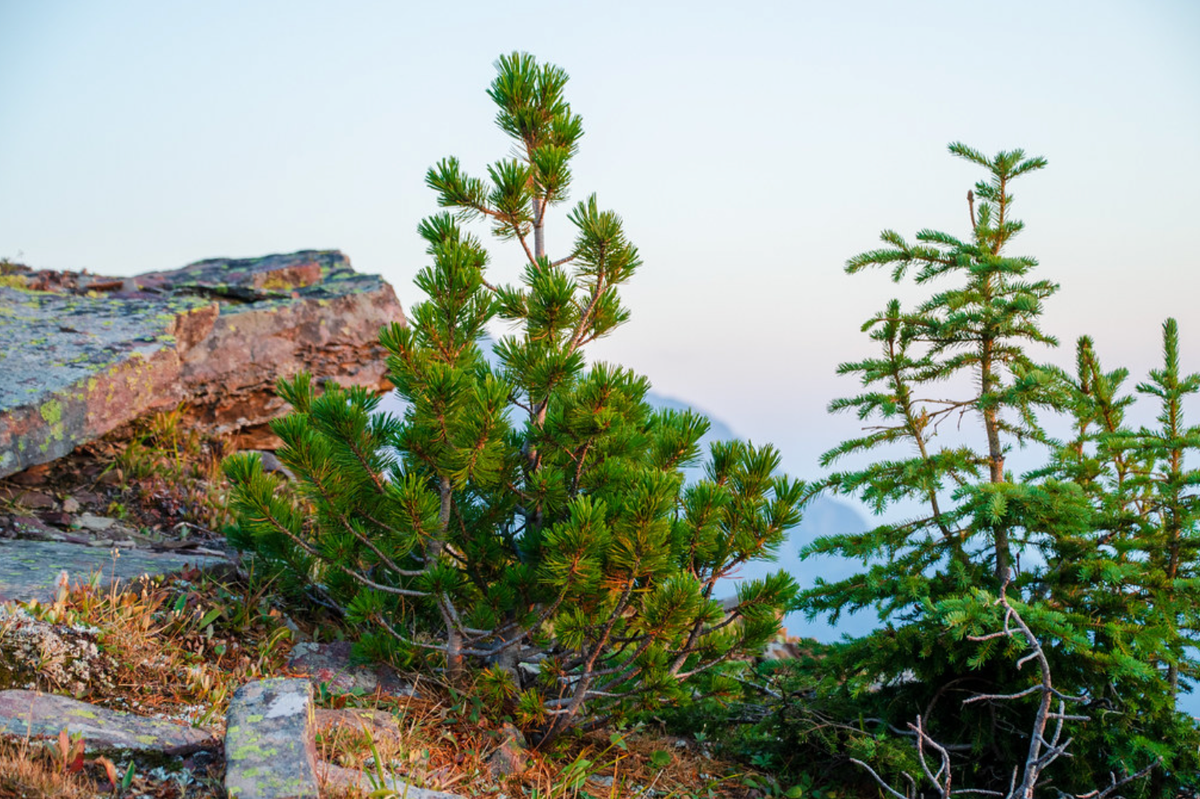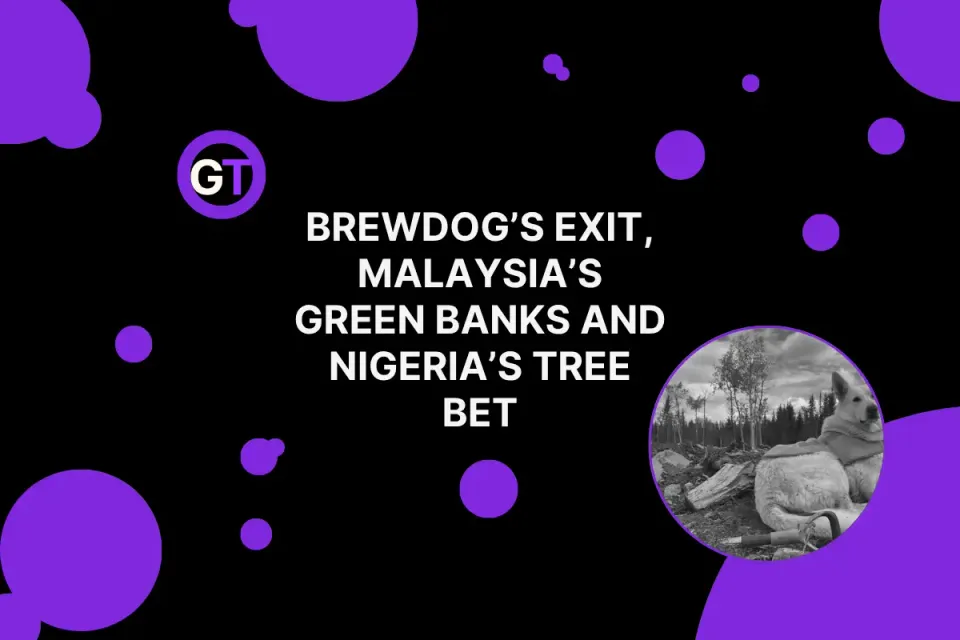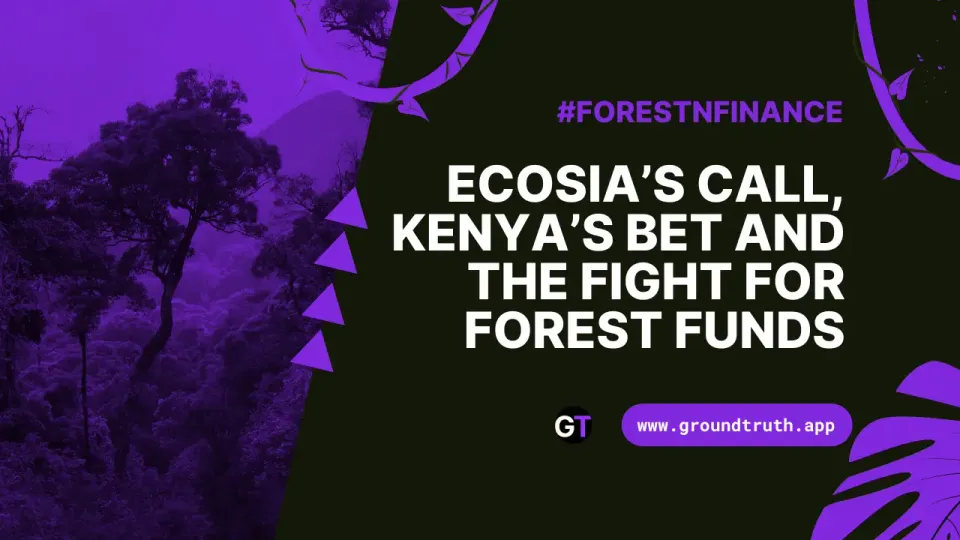These Seeds Could Hold the Genetic Key to Protecting Western Forests
The survival of the slow-growing whitebark pine is threatened by an array of pressures...

by Bridgett Ennis, Yale Climate Connections
October 14, 2024
In the Western U.S., small mesh cages adorn the towering whitebark pines that dot high-elevation landscapes.
The cages have been placed around the trees’ pine cones to protect their increasingly precious contents: seeds.
The survival of the slow-growing whitebark pine is threatened by an array of pressures: an invasive fungus called blister rust, a hungry beetle, and wildfires that have grown increasingly intense on a landscape parched by human-caused climate change.
Blister rust arrived in the United States from Asia around the year 1900. Since then, it has swept through 38 states. In pines, it first causes yellow or red spotting on the needles, followed by cankers, branch swelling, and death.
Some foresters believe seeds taken from mature pines that haven’t yet succumbed to the blister rust fungus are the trees' best chance for survival. The idea is that the DNA of saplings grown from those seeds will contain the same code for resistance to blister rust as the parent tree.
But more than 100 animals eat whitebark pine seeds, putting that genetic treasure in jeopardy. So each spring, foresters place cages on the cones of mature trees to prevent nibbling. They return in the fall to collect the cones, harvest the seeds, and start growing the next generation of saplings.
The tree has deep cultural significance to the Confederated Salish and Kootenai Tribes. Tribal member Mike Durglo says the project of protecting the species will span generations.
“We're not going to see the fruits of our labor in our lifetime, but our children, our grandchildren, and the next generations will, and that's why we do what we do,” he says. “It's having that hope that we're going to make a difference.”
Yale Climate Connections talked with Durglo, who is also the tribe’s climate change coordinator, about the importance of the whitebark pine to his people and efforts to save this keystone species for future generations.
This interview has been edited and condensed.
Yale Climate Connections: Could you start by introducing us to the whitebark pine and why it's important both for the ecosystem and for your people?
Mike Durglo: Whitebark pine is a slow-growing tree, and it grows above 6,000 feet in elevation. It helps retain snowpack. It also provides a food source for over 100 different animal species, including us. We haven't utilized the seeds for many, many years, but when I talk to my elders, they talk about going over the pass [when they were little] and stopping to camp on top of the pass, and gathering the cones from the whitebark pine trees, putting them by the fire and roasting them, and then eating the seeds. They're very high in protein and fat, so the bears like them and the squirrels and the Clark's nutcrackers.
The whitebark pine restoration work is a national effort. It was around 2015 when we really started doing a lot more work with whitebark pine. And one of the things that we realized was that the different forestry programs around us, like the Forest Service, Bureau of Land Management, and others who do forest work had already been doing work around whitebark pine prior to when we started. So they had already developed some understanding about the significance of planting seeds that were resilient to blister rust – a fungus that gets on the trees.
What [Confederated Salish and Kootenai Tribes] forestry does is they go up in the forest into those areas that have whitebark pine, and they basically have to find what they call a plus tree. You can look up on the mountains, and you see all these dead trees, and there in the middle of all these dead hundreds of trees, you'll see this nice, beautiful green, whitebark pine tree growing in the middle of all these dead ones. So those are the trees that they call plus trees – they've survived – they have genetic resilience to the blister rust and survive pine beetles. The cones of the whitebark pine grow right at the very top of the tree – they're not dispersed throughout the whole tree. So climbers have to climb the tree, put cages on the cones in the springtime so the birds and the squirrels and the bears don't get them, and then they have to climb back up in the fall to gather those cones. And then they do genetic testing at the nursery, and then those seeds become the babies for the next generation of whitebark pine.
YCC: Could you talk a little bit more about how the trees can help with that snowpack?
Durglo: They do a lot of things in the ecosystem, but how they retain snowpack is by their canopy. When the snow comes in, when you have a ghost forest [of dead trees], it's just open. You have all these dead trees, and the sun beats down on the snow and ice and it melts it rapidly in the springtime. So when you have that canopy, it causes the snow to melt slower so that's what we want to see up in the high elevations, more canopy cover. And that also takes CO2 out of our atmosphere. So the more trees we plant, the better.
YCC: You mentioned blister rust. What are some other threats to the trees and what role does climate change play now?
Durglo: [The trees are under attack from pine beetles.] Pine beetles are native. They've been there for as long as we remember. But what's happening is we're seeing winters that don't get as cold as they used to. So when it doesn't get cold enough to kill, they have multiple generations of [bugs]. Whereas before, if it gets cold enough, like 30 below for a while, it kills the bugs. One of our elders, Louis Adams, said that's nature's way of purifying the environment – when it gets that cold, it just kills a lot of the different bugs and diseases. A long time ago, they didn't think about, “Oh, it's got to get cold enough to kill the diseases and the bugs.” So we're understanding that a little bit more now.
I’ve lived all my life in northwest Montana, in the Mission Valley. And I've been working on climate change for quite a few years. I really feel like we live in God's country right here. It's so beautiful, and people have a hard time really believing or seeing the impacts of climate change when they're in something like that. But if you drive up Highway 93 and you look up on the mountains and you see all those dead trees up there, most of them are whitebark pine.
YCC: And so you're doing this work now to gather the seeds. How big are the seedlings when they're replanted, and how do you decide where to plant them?
Durglo: Once [our foresters] gather the seeds, they bring them to the lab to get tested, and then they plant those seeds, and it's about [two] years that they're in the greenhouse before they get big enough to plant out in the forest. And those little baby whitebarks take around 70 years [to reach peak cone production].
Editor’s note: Whitebark pines produce cones after 25-30 years, but it can take them as long as 80 years to produce seeds capable of sprouting seedlings. Peak cone production begins at 60-80 years and continues for several hundred years. Whitebark pine doesn’t reseed itself. It relies on the Clark’s nutcracker to forage and cache its seeds. Many – but not all – cached seeds are later found and eaten by birds or other animals.

The Clark's nutcracker is the bird that disperses those seeds. They gather up to 90 [or more] seeds in their pouch in their beak, and then they fly around and they dig a little hole and they put two or three seeds in that hole. Then they'll look around for a rock and after they put the dirt on the seeds, they put a rock on there. So if you look at whitebark pines, a lot of times you'll see three or four of them in a clump – they're growing together.
YCC: You mentioned how long it takes for these trees to get big enough to start producing their own seeds. How is it possible to keep up with the loss and the lag time before they're producing new ones?
Durglo: ShiNaasha Pete, she's our whitebark pine specialist, she does most of the work and she talks about [the fact that] a lot of the work we do in climate change is things that we will never see. I will never see those whitebark pine trees. I'm almost 65 years old, and it takes 70 years for them to grow into maturity; I'm not going to be here. So we have to have hope. We're not going to see the fruits of our labor in our lifetime, but our children, our grandchildren, and the next generations will, and that's why we do what we do. It's having that hope that we're going to make a difference.
YCC: I understand how you're selecting the ones that have been most resilient in the landscape. Do you know that those traits are inheritable?
Durglo: We're hoping. There's a reason we see that one green tree in the middle of hundreds that are dead, and that's resilience. And it's kind of like us – some of us are more resilient than others. Why? When I got COVID, it was like having a bad cold – I lost my sense of smell and taste. When my neighbor [got COVID he] died, and he was more fit than me. And it’s the same with the trees. Why is that one tree in the middle of all those hundreds still there? That's what we want to learn. That's why we're doing the genetic testing on them to find out what it is that's special about that one tree.
YCC: So it's still too early to say these are more resilient once they're replanted?
Durglo: Basically, that's it. I'm not the subject matter expert on whitebark pine, by no means, but the more you read and study about these things, the more you find out that everything is connected – everything from that whitebark pine tree at the top of that mountain to that trout or that salmon that's in that stream right there at the bottom of the mountain in the river, it's all connected. And I think that just the hope that what we're doing is going to make a difference.
YCC: So what is your hope looking forward, and why is this work so important as the climate changes?
Durglo: Can I talk about something else first?
YCC: Sure.
Durglo: I think about those Clark's nutcrackers who depend on those seeds, and not just the birds, but the bears, the squirrels, and other animals. So we plant all these thousands of trees and it takes 70 years. How many generations of nutcrackers have passed by the time those become mature? And are they going to remember how to gather those seeds and how to go and go grab that rock and put that rock on there? Are they going to remember that? I hope so. You remember when COVID hit and things just shut down? It was awesome because fish are coming up these streams that they haven't for a while, and people are starting to see the sky in LA and different things happening all over the world.
Maybe we need to have that again, maybe we need to learn a lesson from that. But we want to go back to normal. We can't. We can't. If we want to survive, if we want this beautiful world of ours to be here for our next generations, then we can't go back to the way it was. We have to learn.
So I think it'll be there. Just like those salmon that came up some of those rivers that they haven't been for hundreds of years, they still know. It's in there.
We help millions of people understand climate change and what to do about it. Help us reach even more people like you.
This article first appeared on Yale Climate Connections and is republished here under a Creative Commons license.![]()




